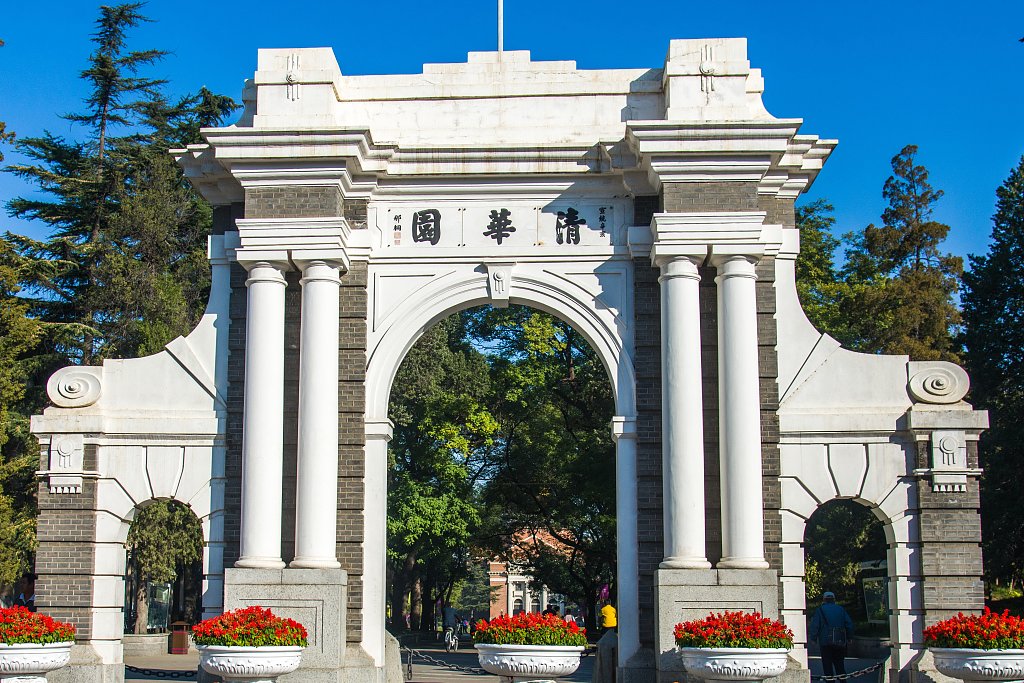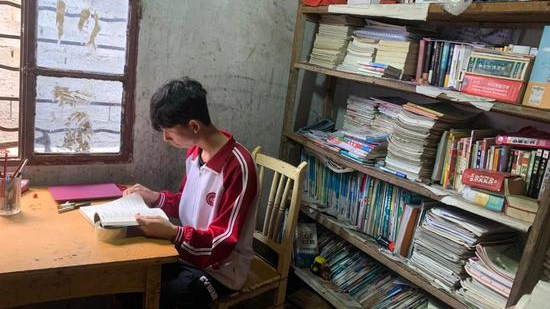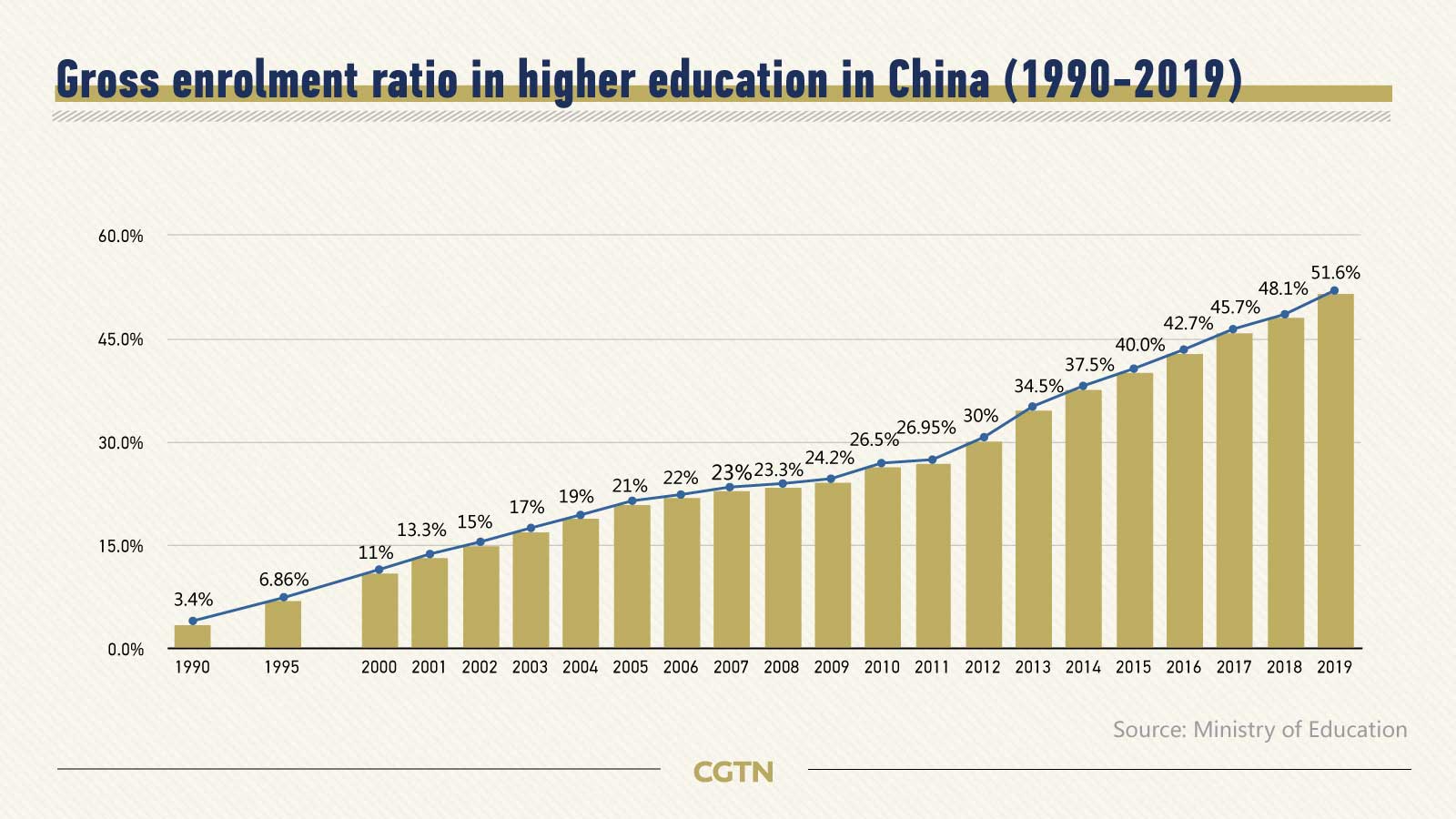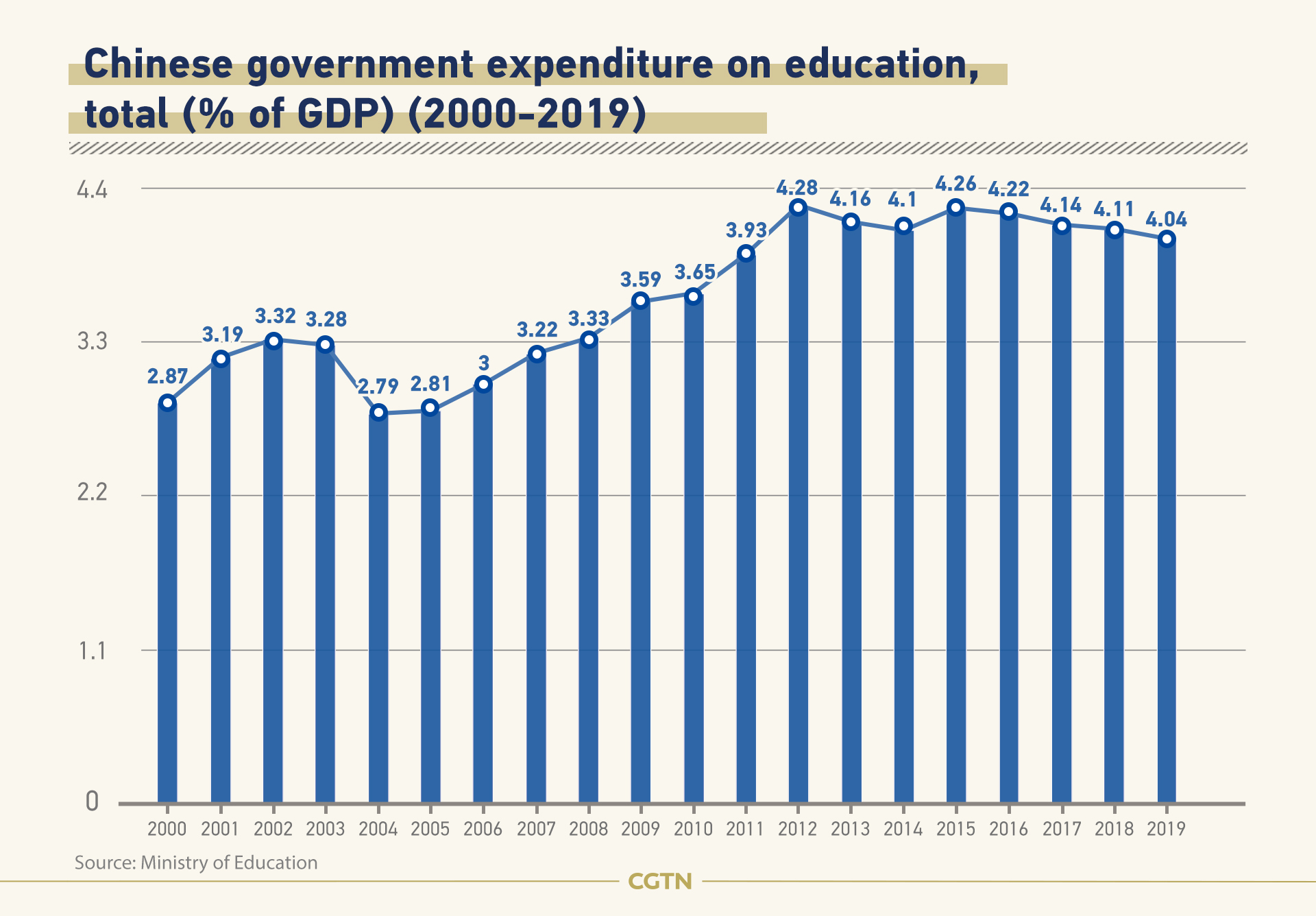
Tsinghua University in Beijing, China. /VCG
Tsinghua University in Beijing, China. /VCG
This summer, the name Sun Chuan topped the search charts on China's microblogging website Weibo. The 17-year-old was reportedly toiling at a construction site when he was informed about being accepted as a student at Tsinghua University, China's top university.
Born in one of China's extremely poor areas, southwest China's Liangshan Yi Autonomous Prefecture, Sun became the first member of his family to go to college. His father is a migrant worker and his mother teaches at a local primary school. As the eldest child, he had to babysit his younger siblings and help his parents on the farm.
After sitting for his college entrance examination in July, he landed a job at a construction site to mitigate the family's financial woes and save some money for his upcoming college life.
Like Sun, many in China are first-generation college students. According to a research conducted by Tsinghua University, over 70 percent of China's university students are first-generation college goers, among them 69.74 percent have rural roots.
Despite their family background, the first-generation college students from rural households perform just as well as their urban peers, according to a research done by East China Normal University.

Sun Chuan studying at home. /VCG
Sun Chuan studying at home. /VCG
Researchers evaluated students' performance based on three indexes: times of exam failures, score ranking and scholarships. Their research discovered no significant difference between the two groups.
Zhu Rongkuan, a student at Harbin Institute of Technology, an advanced university in northeastern China's Heilongjiang Province, was born in an undeveloped county-level city. He is the first from his family to become a college student.
During five years in the university, he won the first prize in the national energy conservation and emission reduction competition and applied for three national invention patents when he was an undergraduate student. Now as a post-graduate student, he is doing research in aerospace and national defense. He also once served as the president of the students' union.
With China's fast economic development in recent decades, the country's higher education has entered the universal stage as the gross enrollment ratio in higher education (GER) jumped from 3.4 percent in 1990 to 51.5 percent in 2019.

The GER is used to show the ratio of the number of students who live in the country to those who qualify for a particular grade level. It's perceived as a key indicator to assess the knowledge component of the country.
It's known that when the GER is lower than 15 percent, the country's higher education is seen as an elite system, where access to higher education is limited and is perceived as a privilege. When the ratio reached between 15 percent and 50 percent, it's regarded as a mass system and the system is described as universal education when the GER surpasses 50 percent.
The GER is often linked to income levels in the economy. Without financial support for students from low-income families, the growth could be hampered.
For example, India and China had similar GERs between 1995 and 2001, but China has significantly injected more education funding in the last two decades, increasing the rate to 51.5 percent in 2019, while due to lack of enough funding, India's GER ratio stands at 26.3 percent in the same year, according to a report by the United States-based think tank Brookings Institution.

China attaches great importance to the development of education. Its official data shows that the government expenditure on education has increased continuously over the years.
In 2019, China spent a total of 5.02 trillion yuan (745 billion U.S. dollars) on education. The figure was over four trillion yuan in government expenditure on education. The public expenditure on education in GDP stood at 2.41 in 1995, while the ratio increased to 4.26 percent in the ensuing two decades.
Even though the spending on education per student has improved a lot in the last decades, it is still far behind developed countries. Fast economic development has widened the education inequality gap as some elite schools in the big cities coexist with the vast numbers of schools operating on a completely different level of quality.
During a recent conference, Wu Yan, director of the Higher Education Department of the Ministry of Education, said that China will further accelerate its "massification" of higher education and improve its quality nationwide, aiming to make it a strategic engine for the development of national soft power and hard power.
Editor: Yang Xuemin
Inforgraphic designers: Feng Yuan and Qu Bo